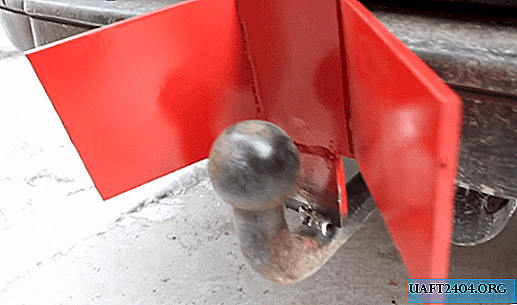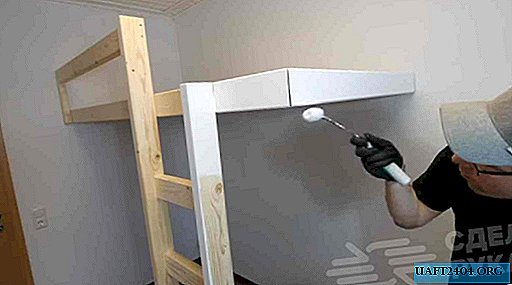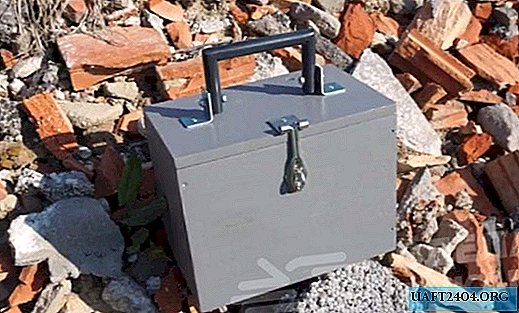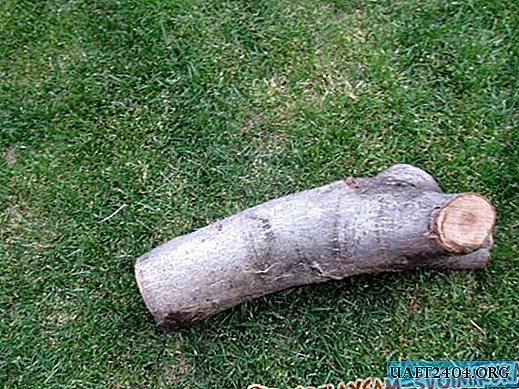Share
Pin
Tweet
Send
Share
Send
It turns out that for this you can use, at first glance, the most inappropriate tool, in particular, a saw on a tree. This seems unbelievable: is it really necessary to cut a nail with the teeth of a saw, but what then will it be suitable for?
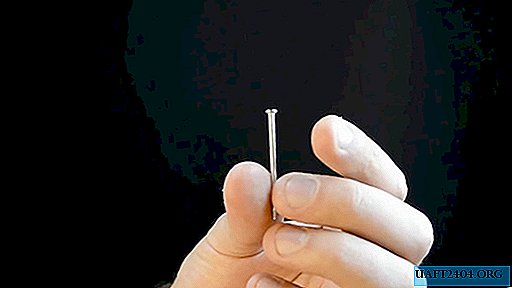
Of course not. After all, usually the gaps between the teeth of the saw exceed the cross section of the nail, in which it will constantly get stuck. In addition, such a combination of tools and processed material is unnatural to the principles of technical rationalism, and common sense.
And yet, this is quite possible, and at the same time the teeth of the saw will not receive any damage. But how to do this so as not to damage the teeth of the saw?
Cutting process
In order to prepare a saw on a tree for cutting a nail, we will need another item in the form of a hammer, a piece of reinforcement, a strip of metal, etc. We will use an ordinary file.

We will hit the narrow edge of the file along the entire edge of the saw, opposite the teeth.

As a result, shallow cuts remain on it, which will play the role of teeth for cutting metal.

Now check. If you suddenly get a nail, we vigorously begin the process of cutting a nail with the back of a hacksaw blade with notches.

After a while, the nail will be successfully sawn.

Of course, such a palliative will not replace metal saws, but it can be a good solution to help out in a hopeless situation and save time.
Material of saw blade and nails
The material of the saw blade for wood is tool or special steel, which have high physical, mechanical and operational characteristics.
The saw blade should have a hardness not lower than the permissible value of 45, but most often it is 58 HRC. Such a product has the necessary flexibility at the same time with great mechanical strength.
The most common nails are from low-carbon steel, which in their physicomechanical and operational characteristics are close to pure iron. They have a fairly high ductility, so they can be easily bent, but at the same time they are not too hard and durable.
Comparing the properties of the metals of these two products, we make sure that the hacksaw in all respects exceeds the material of the nails and the first can be cut in the second.
Share
Pin
Tweet
Send
Share
Send



